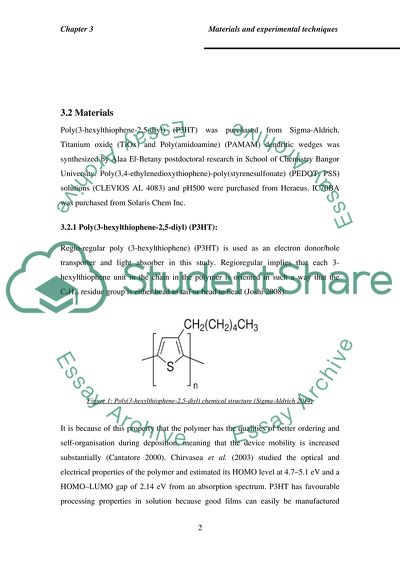Cite this document
(Materials and Experimental Techniques Report Example | Topics and Well Written Essays - 3500 words, n.d.)
Materials and Experimental Techniques Report Example | Topics and Well Written Essays - 3500 words. https://studentshare.org/physics/1837011-chapter-3-materials-and-experimental-techniques
Materials and Experimental Techniques Report Example | Topics and Well Written Essays - 3500 words. https://studentshare.org/physics/1837011-chapter-3-materials-and-experimental-techniques
(Materials and Experimental Techniques Report Example | Topics and Well Written Essays - 3500 Words)
Materials and Experimental Techniques Report Example | Topics and Well Written Essays - 3500 Words. https://studentshare.org/physics/1837011-chapter-3-materials-and-experimental-techniques.
Materials and Experimental Techniques Report Example | Topics and Well Written Essays - 3500 Words. https://studentshare.org/physics/1837011-chapter-3-materials-and-experimental-techniques.
“Materials and Experimental Techniques Report Example | Topics and Well Written Essays - 3500 Words”. https://studentshare.org/physics/1837011-chapter-3-materials-and-experimental-techniques.


